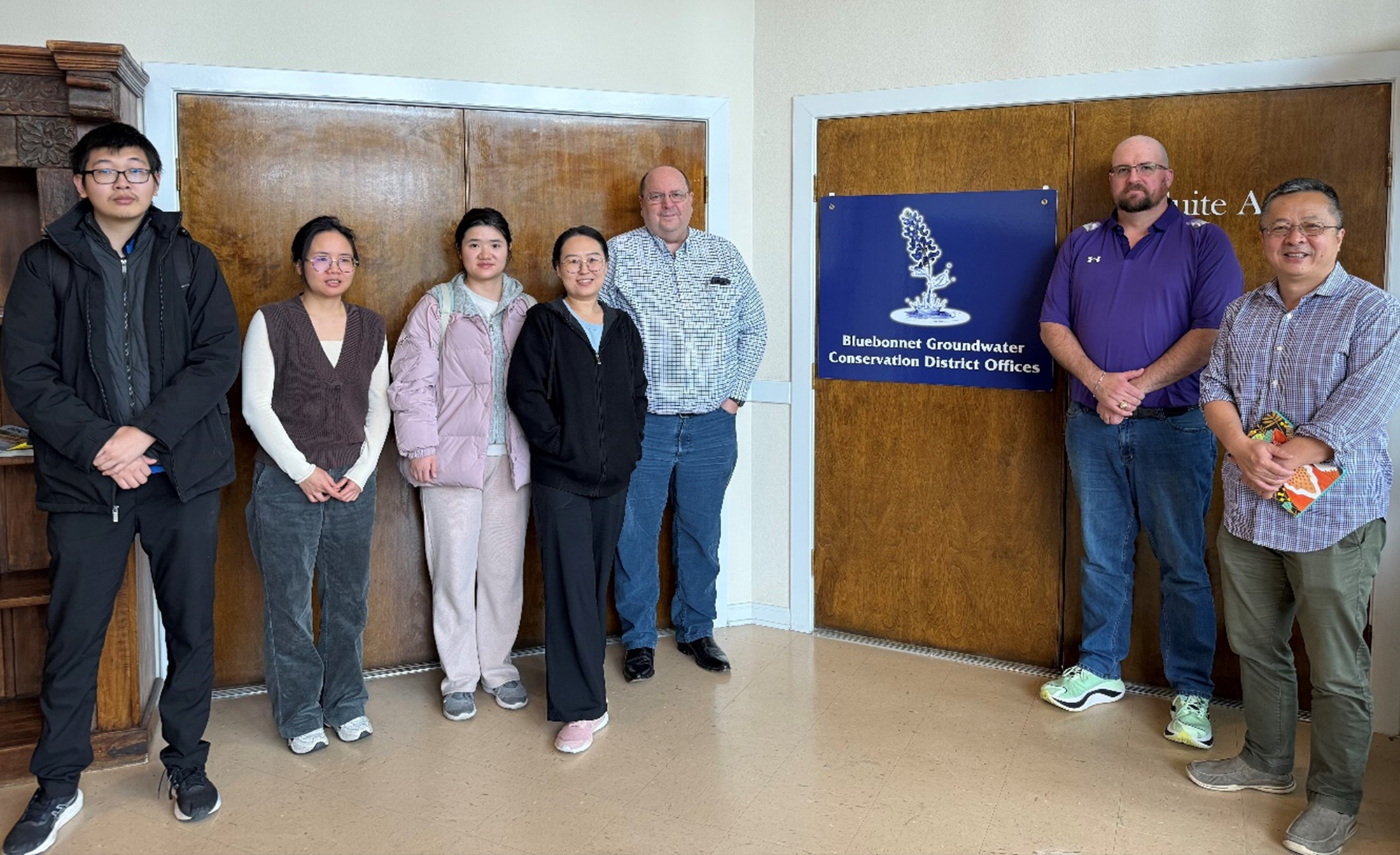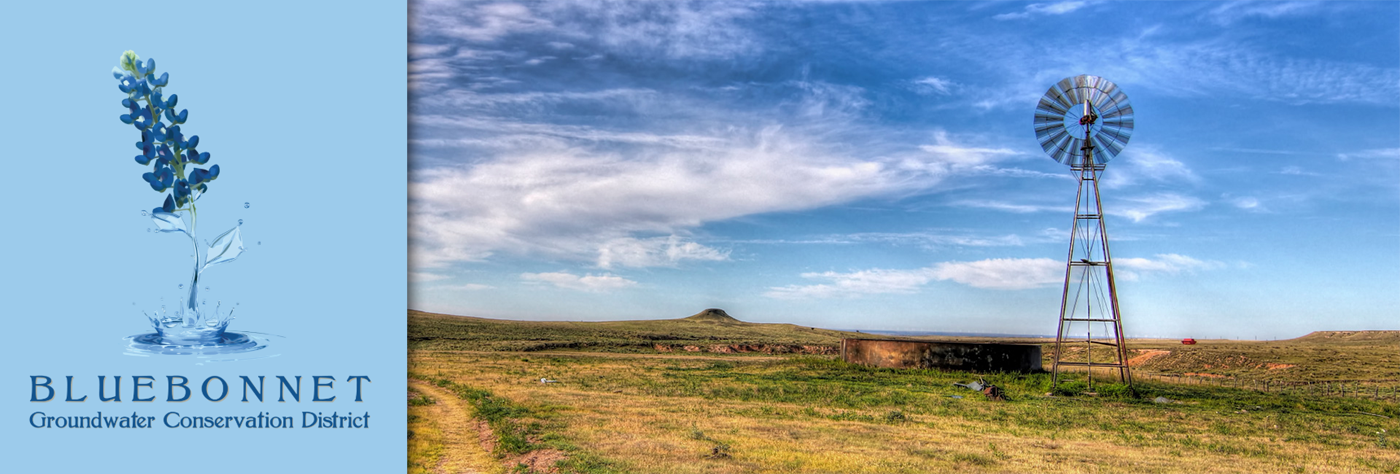
Most people don’t think about where their water comes from — until it runs out.
In Texas, a lot of the water used for drinking, farming and daily life comes from underground sources called aquifers. These natural storage spaces hold rainwater that filters through layers of soil and rock. But as more people move into growing communities, especially near Houston, these underground reserves are facing serious pressure.
That’s why Dr. Hongbin Zhan, a geology professor at Texas A&M University, is working with the Bluebonnet Groundwater Conservation District (BGCD) in Navasota, Texas. Together, they’re using science to help manage and protect the groundwater on which thousands of Texans depend.
The district covers parts of Central Texas where rural land is rapidly turning into suburbs. New homes, roads and businesses are spreading outward from Houston, especially in places like Waller County. That growth brings more wells and water use and added strain on already limited resources. Without careful planning, it’s easy to pump more water than an aquifer can naturally refill — a problem that can lead to long-term shortages, lower water quality and even sinking land.
“There’s no one-size-fits-all solution,” Zhan said. “Every area has different geology underground, and that affects how quickly the aquifer can recover.”

Zhan, professor of geology and geophysics, water management and hydrological science, and Energy Institute and holder of the Dudley J. Hughes '51 Chair in Geology and Geophysics, leads a team that uses real-world data from water wells to create 3D models of aquifers. These tools help predict how water levels will respond to future growth, drought or heavy pumping. In areas with thick clay, for example, pulling out too much water can compress the layers and cause the surface above to drop—a process known as land subsidence. Once that happens, the aquifer can’t hold as much water anymore.
By identifying those vulnerable areas early, the district can create smarter, localized policies that help balance the needs of neighborhoods, farms and industries while protecting the water supply.
“ ‘Many hands make light work’ perfectly describes our collaboration with Dr. Zhan and his team,” BGCD General Manager Zach Holland said. “By combining our strengths, we’re improving the quality and usability of groundwater science—essential for informed decisions and future progress. It’s also a valuable investment in building the next generation of Texas groundwater leaders.”
Texas A&M students are also deeply involved. Ph.D. students working with Zhan collect and analyze geological data, map underground aquifer layers, and use advanced software to improve the district’s water management tools. That hands-on experience gives them real-world skills they’ll carry into careers in environmental science, policy or engineering.
“This isn’t just a project,” Zhan said. “It’s a way to train the next generation of scientists while giving back to communities across Texas.”
In the long run, Zhan hopes their work in Navasota will serve as a model for other groundwater districts across the state. With more extreme weather, longer droughts and booming population growth, the need for smart, science-backed water planning has never been more urgent.
“Groundwater isn’t endless,” Zhan said. “But with good data and smart planning, we can make sure it’s there when people need it — not just today, but years from now.”
